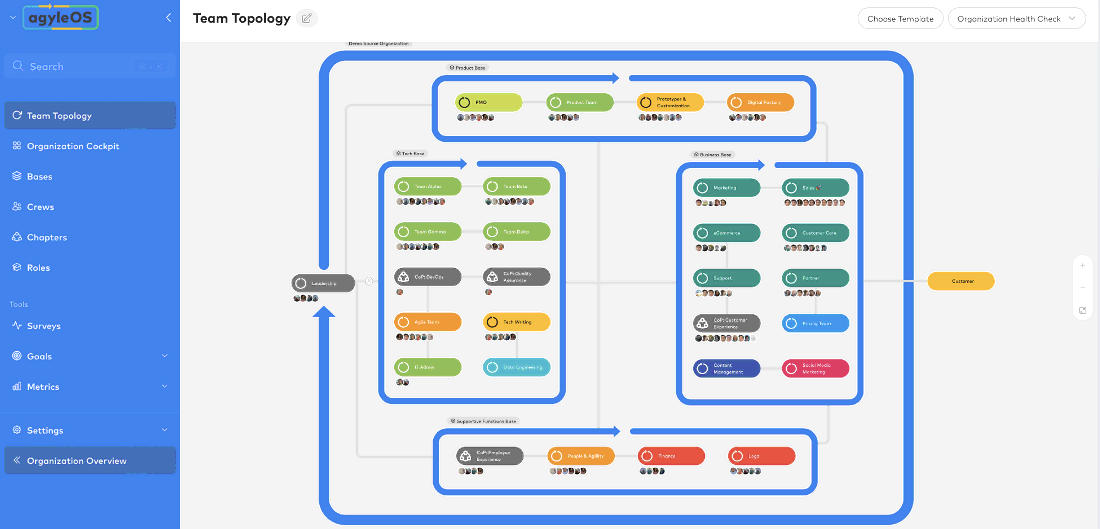
The unFIX Model



- The Crew
- The Base
- The Turf
- Unleash your full potential applying the unFIX Model with agyleOS
The agile unFIX Model is a framework for agile management developed by Jurgen Appelo, a management consultant and author known for his work on agile leadership and especially his book "Management 3.0". This model represents a significant evolution of traditional agile principles, and offers a unique approach to managing organizations in a rapidly changing business environment.
unFIX is based on the idea that organizations should be flexible and adaptable. It emphasizes the importance of creating a culture of continuous improvement, and encourages organizations to be open to change and experimentation.
The model is based on six core principles:
Purpose: Organizations should have a clear purpose or mission that guides their actions.
Value: The focus should be on creating value for customers and stakeholders.
Competence: Employees should be empowered to develop their skills and expertise.
Collaboration: Teams should work together and share information in order to achieve their goals.
Trust: Organizations should foster a culture of trust and transparency.
Improvement: Continuous improvement should be encouraged and supported.
One of the most innovative aspects of the Agile Unfixed Model is its focus on empowering employees and creating a positive work environment. Appelo believes that organizations should strive to create an environment where employees feel valued, trusted, and supported in their efforts to develop their skills and expertise. This can help to create a more collaborative and innovative culture, and can lead to better outcomes for both the organization and its customers.
A successful implementation of the Agile Unfixed Model requires a significant shift in mindset and culture. Organizations need to be open to change and to embrace a culture of continuous improvement. This can be challenging, as it requires a willingness to take risks and to experiment with new ideas. However, the potential rewards are significant, as it can lead to more adaptable, innovative, and successful organizations.
The Crew
In the unFIX model organizations are divided into small, self-organizing teams called "crews". These crews are responsible for the day-to-day work of the organization.
Each crew is led by a facilitator responsible for helping the crew to stay focused and to resolve any issues that may arise. The facilitator also works with other facilitators and managers to ensure that the organization is aligned with its overall purpose and goals.
Crews are designed to be flexible and adaptable, and are able to respond quickly to changes in the business environment. They are empowered to make decisions and take ownership of their work, and are encouraged to be innovative and to continuously improve their processes.
The use of crews is one of the key principles of unFIX Model, and is designed to help organizations to be more agile and adaptable. By breaking the organization into small, self-organizing teams, it is easier to make changes and to respond to new challenges and opportunities.
Synonyms of the crews in other agile frameworks are teams, squads, pods and cells.
The Base
The concept of a "base" refers to a set of shared resources and support functions that are available to all teams, or "crews". A typical base size ranges between one team to a few hundred people and it inherits all required skills to create products and to act as an independent business unit.
There are three main types of base functions in unFIX Model:
Core base functions: These are the essential support functions that are necessary for the organization to operate, such as finance, HR, and legal.
Enabling base functions: These are functions that support and enable the work of the crews, such as IT and marketing.
Innovation base functions: These are functions that are focused on innovation and continuous improvement, such as research and development.
These base functions can be organized in different ways depending on the needs and goals of the organization. For example, the base functions may be centralized, with all of the functions being managed and coordinated by a single team or department. Alternatively, the base functions may be decentralized, with each function being managed independently by a separate team or department.
Synonyms of the bases in other agile frameworks are business units, clans or tribes.
Build and visualize a skills-based organization with a collaborative culture
The Turf
The concept of "turf" refers to the area of responsibility or authority (e.g. a codebase or product area) of a group of people. Each crew or individual has their own turf, which is defined by the goals and objectives that they are responsible for achieving.
The concept of turf is closely tied to the concept of "boundaries", which are the limits or constraints that define the turf of a particular team or individual. Turf and boundaries are important in the Agile Unfixed Model because they help to ensure that teams and individuals have the autonomy and independence they need to do their work effectively.
At the same time, it is important for teams and individuals to be aware of and respect the turf of others, and to work together to achieve common goals. This can help to foster collaboration and cooperation, and can lead to better outcomes for the organization as a whole.
Unleash your full potential applying the unFIX Model with agyleOS
As the unFIX model offers a high degree of adaptivity and flexibility to organizations, it is crucial to keep the big picture in mind and have a sophisticated overview about the organizational structure and value streams.
Assessing progress and performance in such a complex and dynamic model easily becomes a big challenge. To keep up these advantages of the unFIX model, the right tooling for measuring the organizational health - on the cultural, technical and business level - is required.
With agyleOS it is possible to visualize the unFIX model tailored to any organizational need and keep track of the overall business goals and team performances. Our interactive org chart lives with your organizational development and it is easier than ever before to adapt to any changes in the structure in real-time. E.g. a dynamic reteaming of people responsible for a specific turf can be easily visualized and impacts on the speed of the affected crews can be directly forecasted by the needed right insights in the org chart.
Moreover, you can map relevant KPIs on crew, base and organization level and derive concrete action points out of the insights.
agyleOS is easily customizable to your needs and makes it the ideal companion for your unFIX journey.
By submitting this form, I confirm that I have read the privacy policy and that I consent to the processing of my personal data by agyleOS for the purposes stated. In the event of consent, I can revoke my consent at any time. Furthermore, by submitting the form, I agree to the general terms and conditions.
- Product
- Resources
- Compare
- Company